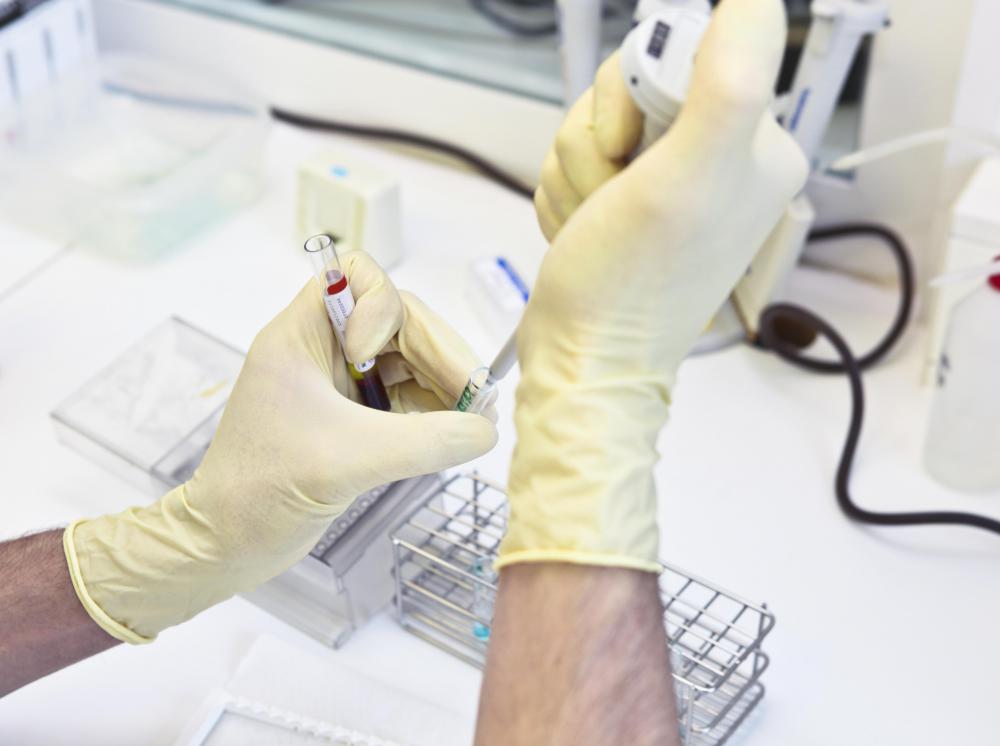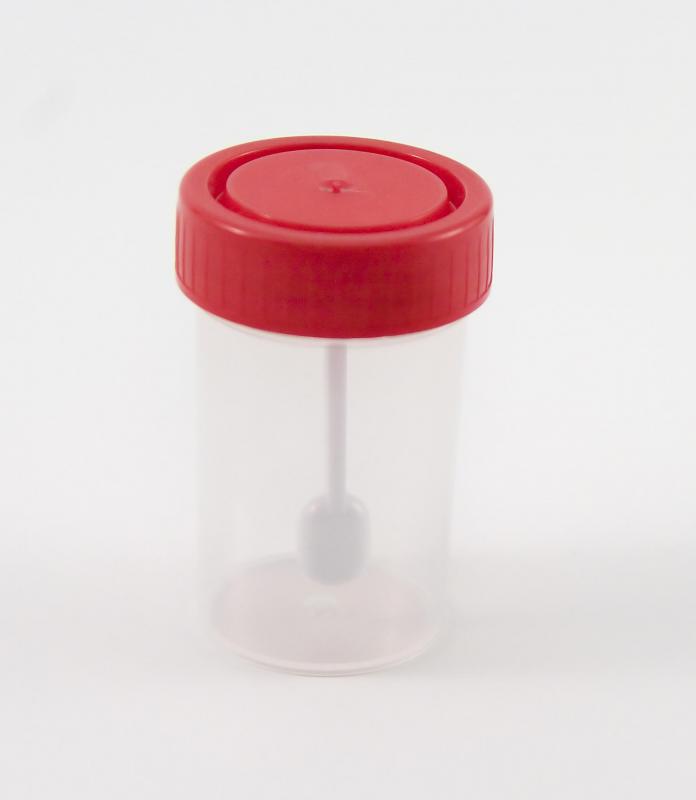At TheHealthBoard, we're committed to delivering accurate, trustworthy information. Our expert-authored content is rigorously fact-checked and sourced from credible authorities. Discover how we uphold the highest standards in providing you with reliable knowledge.
What is Anatomic Pathology?
Anatomic pathology, also known as anatomical pathology, is a branch of the medical field which involves the examination of anatomical specimens to learn more about the processes of disease and death. Specialists in this field do everything from examining biopsy samples taken by surgeons to determine whether or not a growth is cancerous to examining the bodies of murder victims to determine the cause of death and collect evidence which could be used in investigation and prosecution.
The term “pathology” translates into “the study of suffering,” and this medical discipline is focused on examining the nature, course, and resolution of disease. In order to become an anatomic pathologist, someone must attend medical school and complete a residency in general pathology, followed by a focus in anatomic pathology. The other main area of focus in the field of pathology is clinical pathology, in which samples of body fluids are examined in the laboratory.

There are a number of subspecialties within the anatomic pathology field. For example, someone could focus on neuropathology, the examination of brain tissue, or cytopathology, the study of samples of cells. When a doctor takes a Pap smear from a woman, the examination of the tissue is often performed by a cytopathologist. Other specialties include molecular pathology, gynecological pathology, endocrine pathology, dermatopathology, cardiac pathology, osteopathology, and autopsy or forensic pathology.

The goal of a pathologist is to be able to examine an anatomical sample and to determine whether the sample is normal or abnormal, and if it is abnormal, to describe the abnormality. Anatomic pathology can be used in the diagnosis and treatment of disease, to do everything from confirming that a surgeon removed all of a tumor to diagnosing a particular form of kidney disease from a biopsy sample.

One of the more unique specialties within the field of anatomic pathology is autopsy pathology, which involves the study of deceased individuals to learn how they died. Autopsies are routinely requested in cases where a death is suspicious, or when the cause of death is unclear. In forensic pathology, the pathologist studies the body to learn not only how the person died, but when. This branch of pathology also focuses on the collection of legal evidence.

Work in the field of anatomic pathology can be varied and quite rewarding. Candidates interested in working in this area of medicine need to have excellent attention to detail, along with great descriptive skills which will allow them to communicate clearly in pathology results. It can also help to have a high tolerance for unpleasant sights and strong odors, as these frequently crop up in pathology laboratories.
AS FEATURED ON:
AS FEATURED ON:

















Discussion Comments
Can anyone imagine where medicine would be today if it weren't for the advancements in anatomic pathology?
In order to treat a disease, doctors first have to figure out what it is and what it's doing. So anatomic pathology is vital in that regard.
I have diabetes and I go in once every three months and give blood. They check my average blood sugar levels for the three month period to see whether I'm on track with my treatment. I also have an annual pap smear to make sure that all is well in that regard. If it weren't for anatomic pathology, none of this would be possible.
@SteamLouis-- Well I think that doctors working in forensic pathology become desensitized to their job. So when they are working, I doubt that they think about the fact that they are cutting up and examining a deceased individual. They probably just see it as their job and they are trying to figure out what really happened to that individual. So I think that psychologically, it's a very rewarding job. Criminal cases would not get very far without the information that the forensic pathologist provides to the experts.
I don't think I could be an autopsy pathologist. Although I find it very cool that doctors are able to determine the reason for someone's death, I wouldn't be able to work with a deceased body. I have great respect for those who are in this profession though.
Post your comments